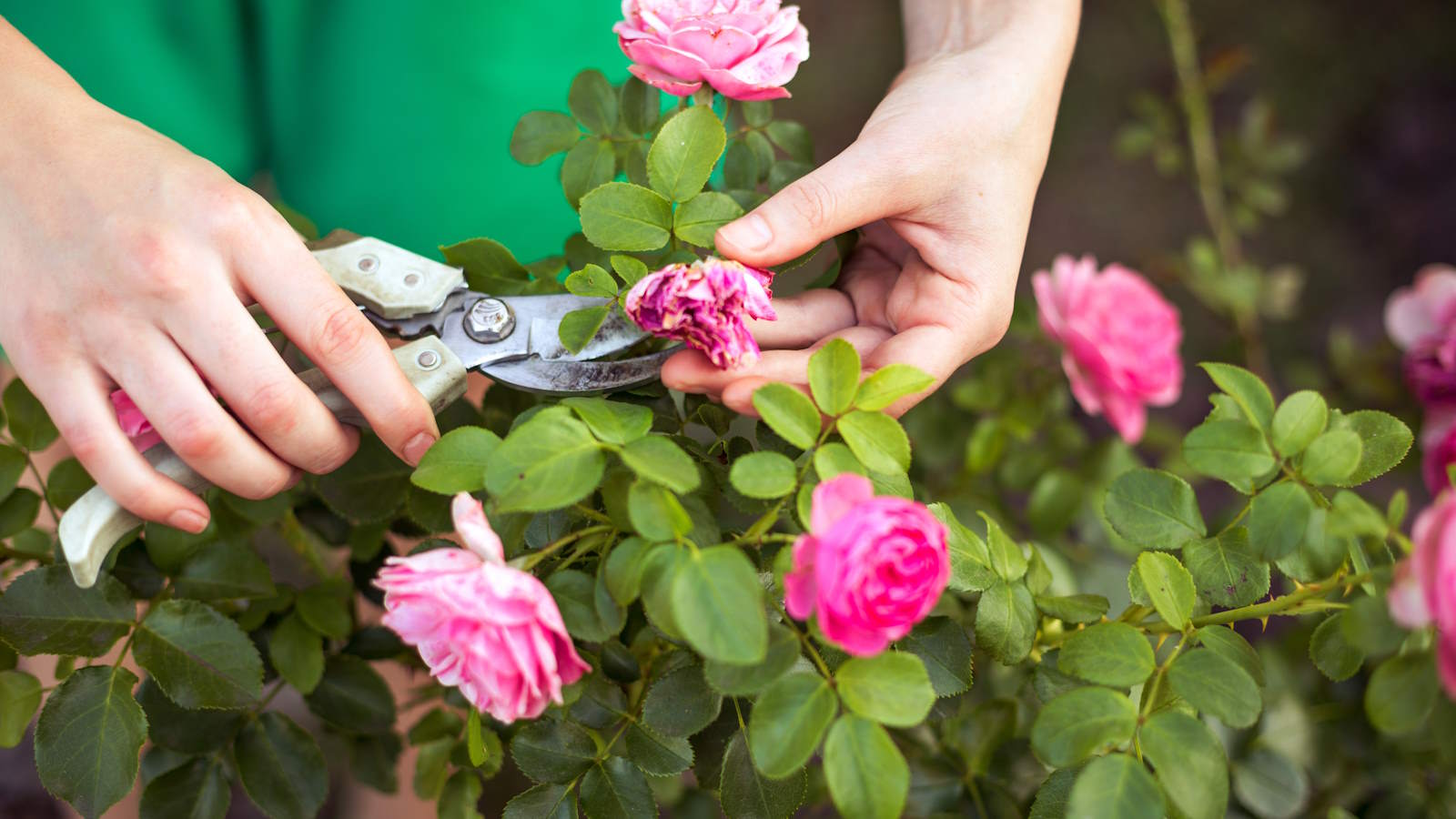
Deadheading is a vital summer task. It is a very satisfying and simple pruning job and rewards you in many ways. It extends the flowering period for many plants, encourages a second flush of blooms for others, and helps keep the garden neat.
I spent countless hours deadheading, especially when maintaining large public gardens as a professional gardener. Teams of staff and volunteers would scour extensive borders armed with pruning shears to deadhead away during summer.
There is an exhaustive list of shrubs, herbaceous perennials, and annuals that will benefit from deadheading. Devote time this July to deadheading and put it near the top of your summer gardening checklist - here are 7 plants that will benefit from your attention this month.
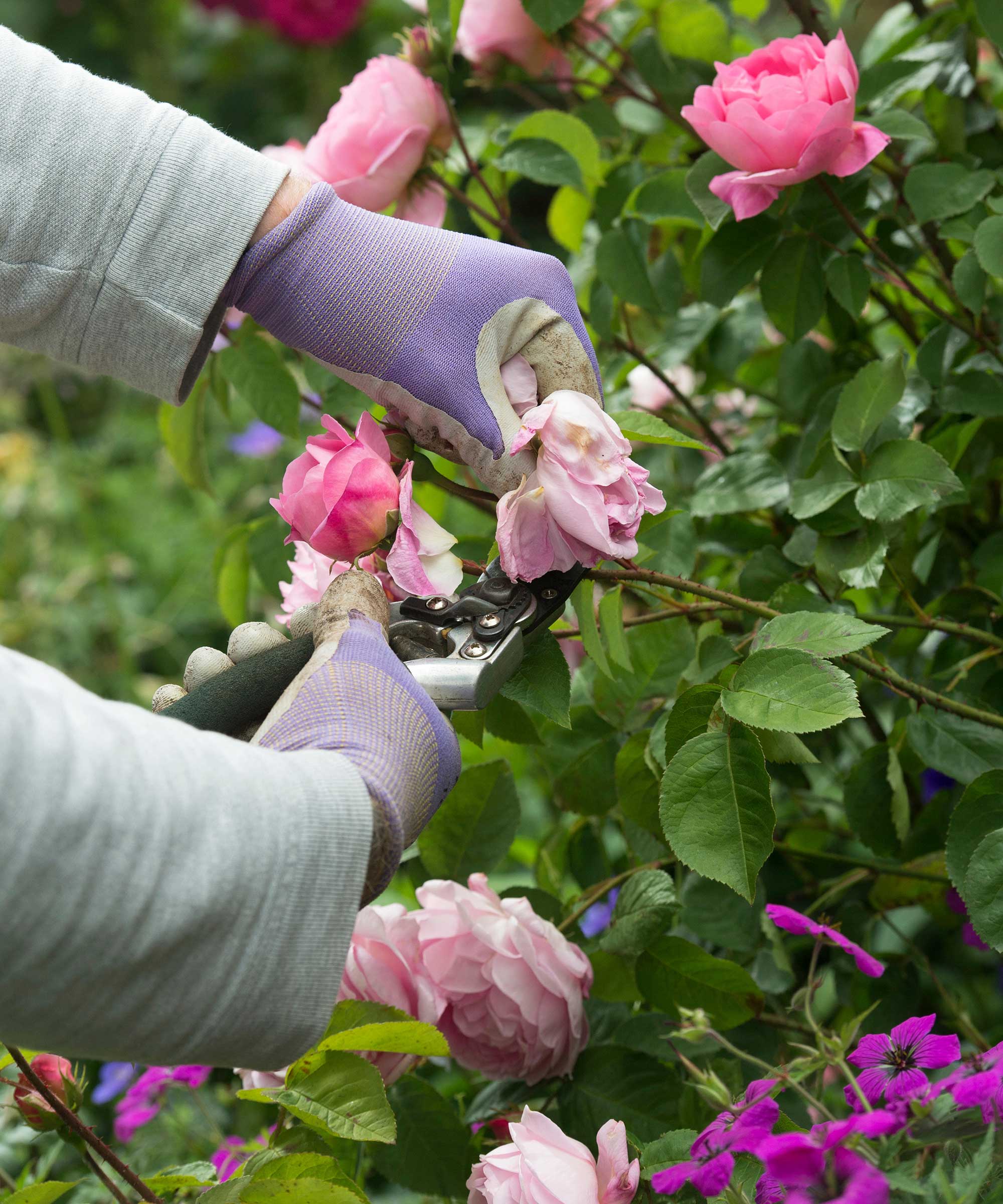
How to know what to deadhead in July
Yes, deadheading is important for lots of plants. However, trimming everything would be a deadheading mistake. There are plants you should consider not deadheading.
Plants to potentially not trim include shrubs that don’t produce new blooms, yet can look architectural over winter, such as hydrangeas. It can be beneficial to leave annuals you may want to self-seed, or plants that produce seeds popular with birds, including black-eyed Susan and sunflowers.
Some vigorous climbers may be too difficult to deadhead and the likes of asters and alyssum bloom so profusely it can take too much time to deadhead them - unless you are very patient.
1. Delphiniums
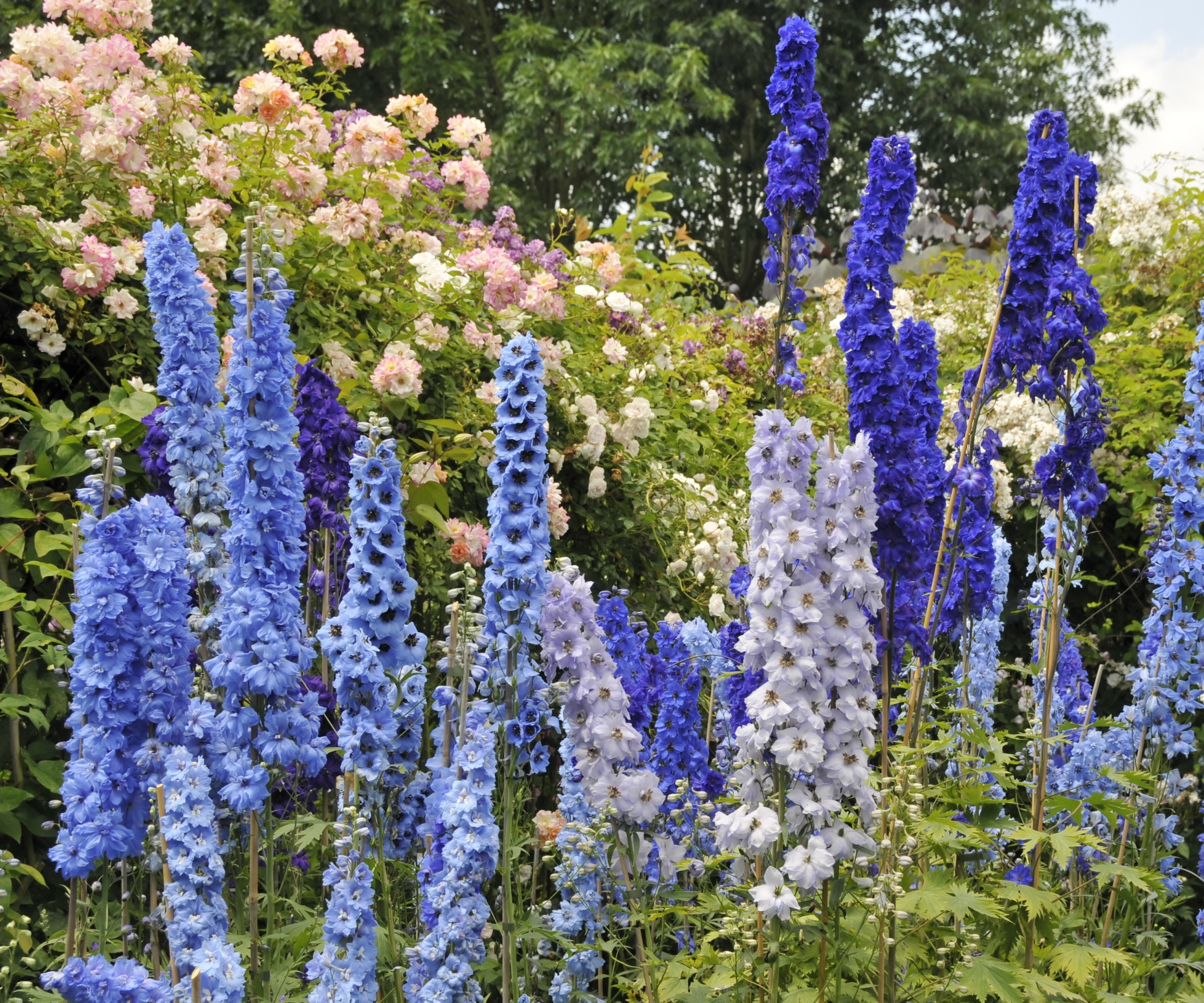
The glorious flowering spikes of perennial delphiniums are a fantastic sight in early summer. If you want a second flush, make deadheading an integral part of caring for your delphinium plants.
Leave the plants alone and they will focus their energy on seed production. Alternatively, cut back spent delphinium flower spikes down to the base of the stem, as close to where it meets the plant as you can get. The reward for deadheading delphiniums may be a second round of smaller flowering spikes later in summer.
2. Roses
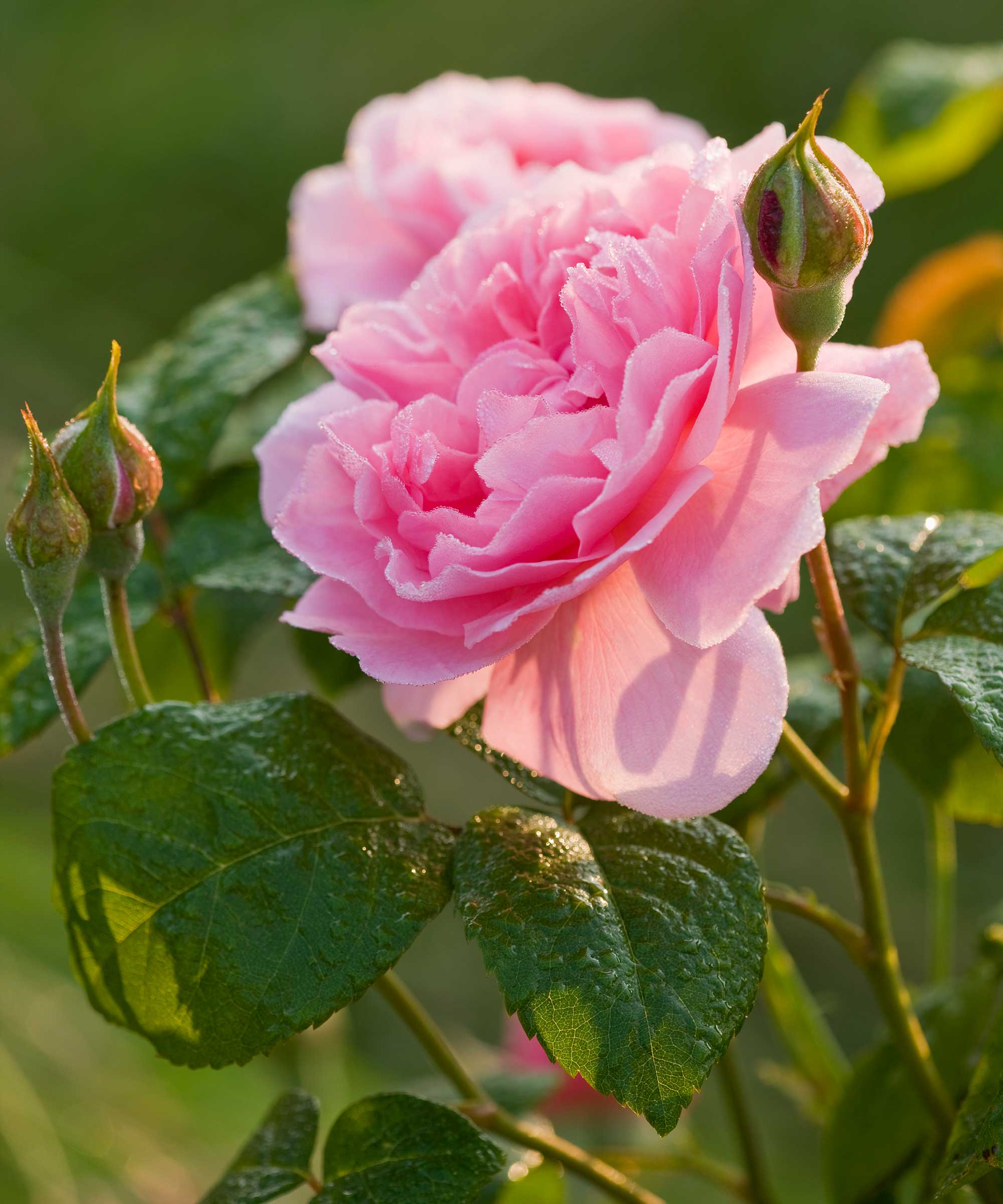
Roses are probably the most globally well-known for needing deadheading out of all the plants on this list. Deadheading roses are crucial for repeat-flowering shrub roses and those that don’t produce hips. If you want hips on your roses come fall, do not deadhead.
Individual rose blooms can be snapped off throughout the season, done carefully to avoid damaging any other blooms or buds that are yet to open. When a whole flowering head has gone over, snip the entire cluster off with pruning shears back to the first leaf.
3. Dahlias
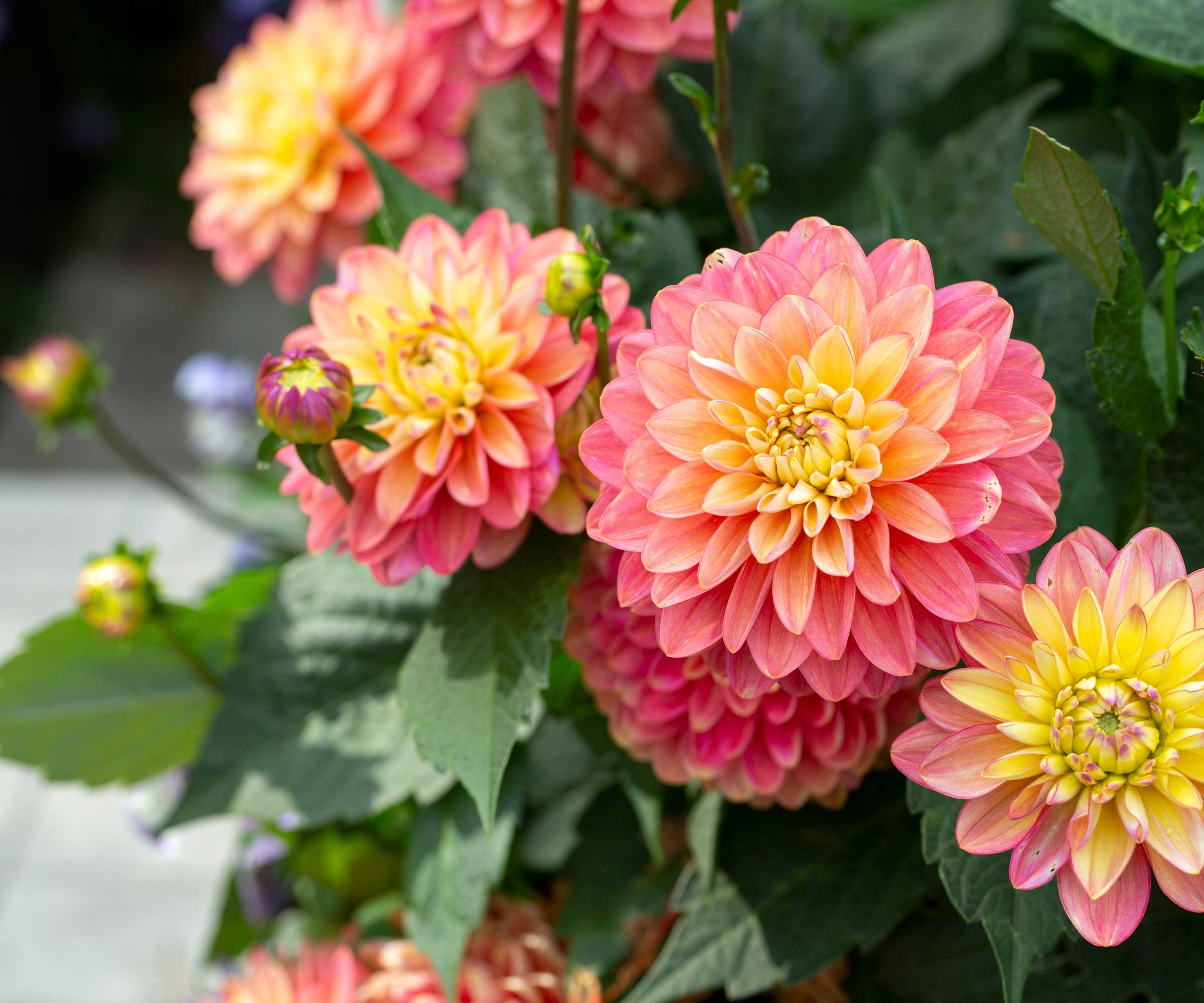
To keep your dahlias blooming for as long as possible, all the way through to the first frosts, then deadheading dahlias is key. As well as picking them for cut flowers, deadheading keeps all types of dahlias super-productive. Keep inspecting plants regularly and picking glorious flowers to display, however, when they go over, cut off those spent blooms.
The trick is knowing how to differentiate between a dahlia bud yet to bloom and one that has bloomed - as they can look similar. If the bud is round and hard it is a new bud, while old ones are pointed and squashy. It is as simple as that and you can cut the stem of a spent bloom back to where it meets the stem.
4. Lupines
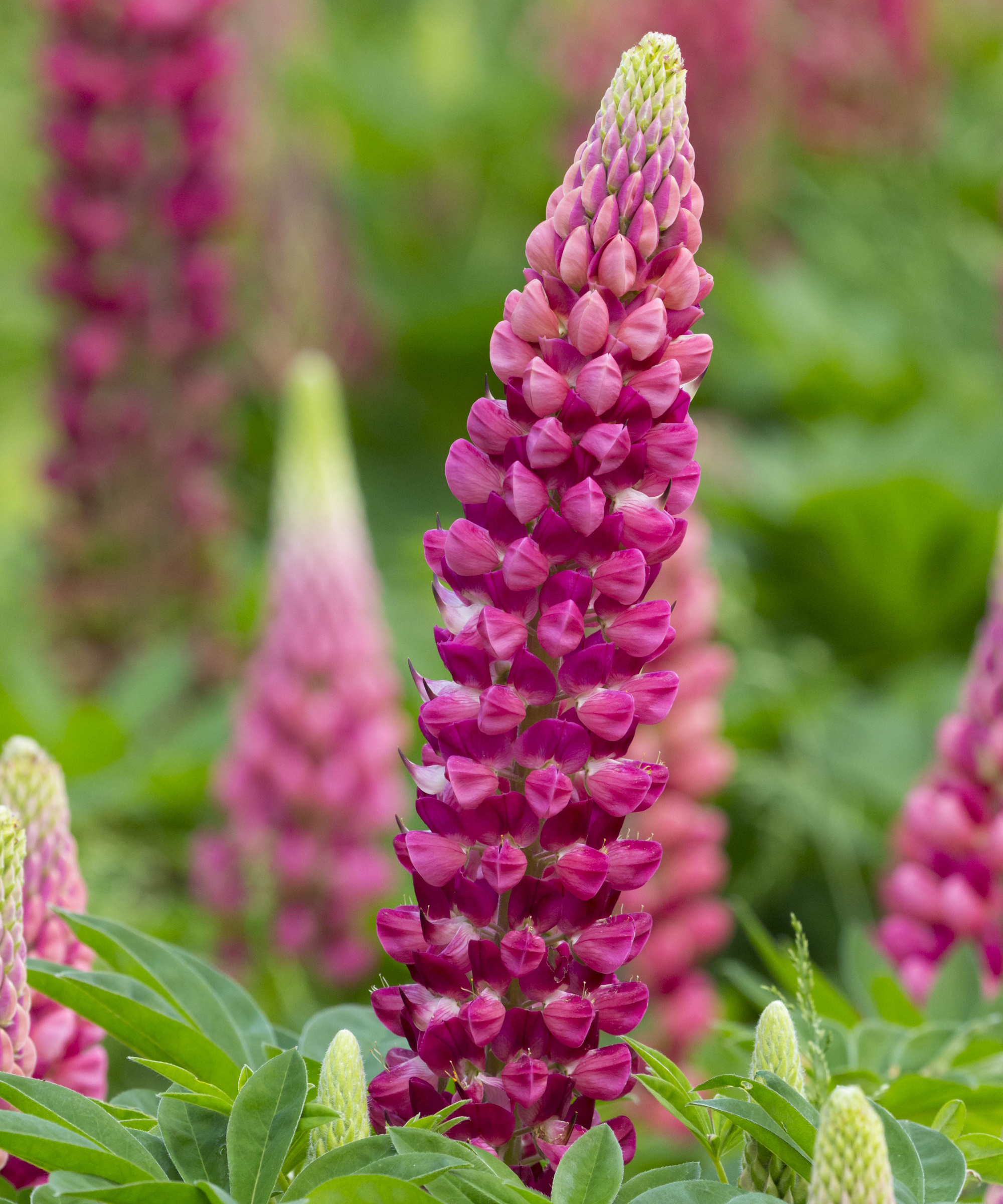
Lupines always catch the eye in flower beds and borders thanks to their bright and colorful spikes appearing in late spring and early summer. Deadheading lupines is not often regarded as an essential task, but it can give you a second set of blooms.
Wait until the flowers at the bottom of the spike start to turn brown - once this happens the rest of the spike will likely degrade quickly. To keep lupines blooming, cut the stalk down to a set of healthy leaves. This diverts the energy into producing new growth, rather than producing seeds, and you can get a second flush of flowers in late summer or early fall.
5. Peonies
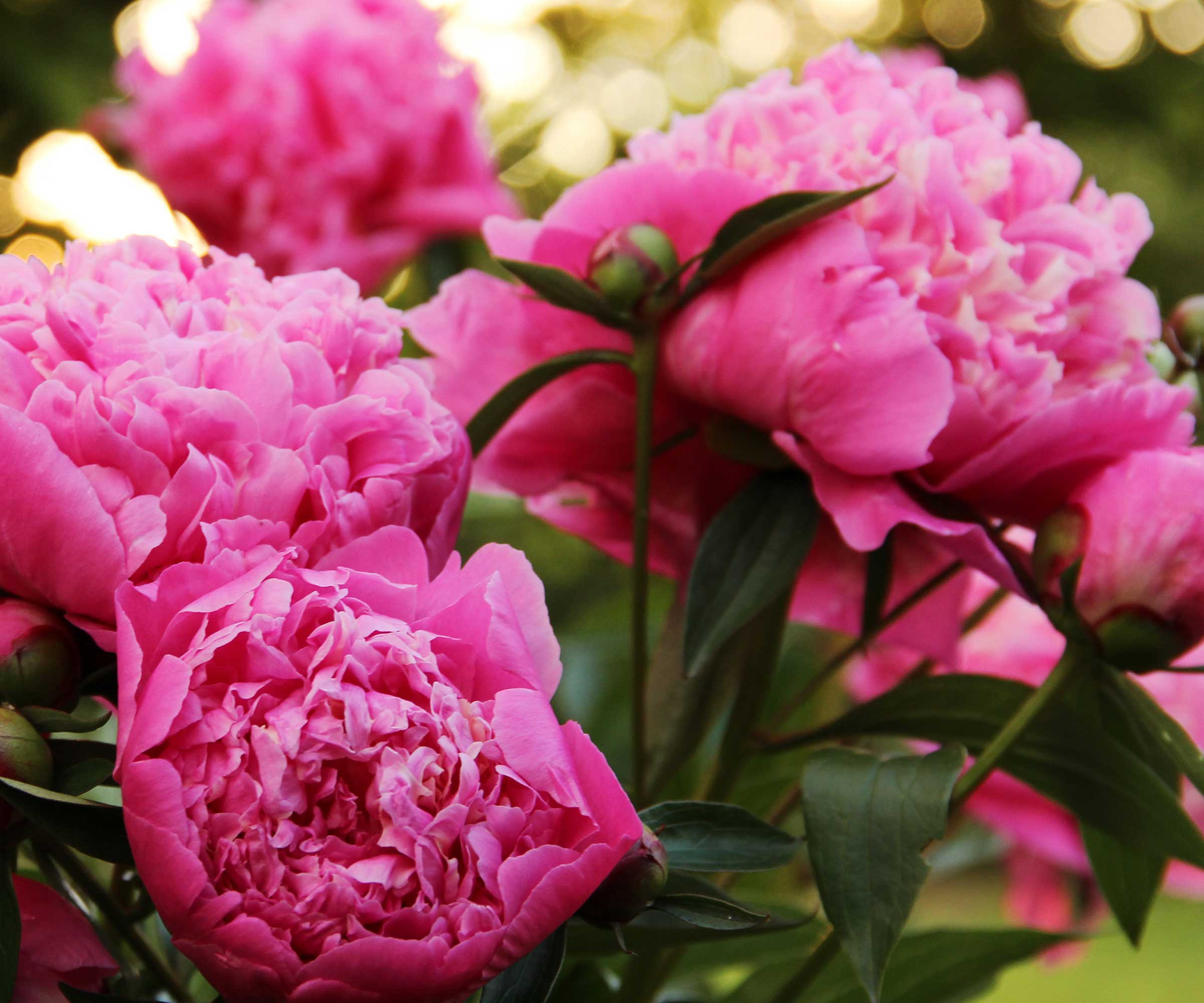
Peonies have a short and exuberant flowering season but unfortunately, they quickly fade, and these once-glorious blooms become brown and unsightly. While deadheading peonies will not reward you with more blooms this year, it does help guarantee another spectacular display next spring and early summer.
The art of deadheading peonies focuses the plant’s energy on building a strong and healthy root system and producing buds to carry next year’s blooms. Trimming off the old flowers also aids the overall plant health, as it improves air circulation and removes spent blooms that can be ideal environments for fungal diseases as they degrade.
6. Cosmos

Cosmos are one of the best annual flowers to sow and easy flowers to grow from seed, though you can also buy plants to add to any backyard for quick pops of color. They start blooming in early summer and the season can be extended to its maximum with deadheading, potentially right through to October.
A plant full of fading old blooms won’t be as visually appealing. Regularly deadheading once the first flush of flowers starts to go over will keep the plant producing more and more of their simple, but stunning, flowers.
It is so easy to deadhead cosmos, you can even nip individual spent flowers off between your finger or thumb. Alternatively, use a sharp, clean pair of pruning shears or snips to cut the flower stalk back to where it meets the stem.
7. Salvia
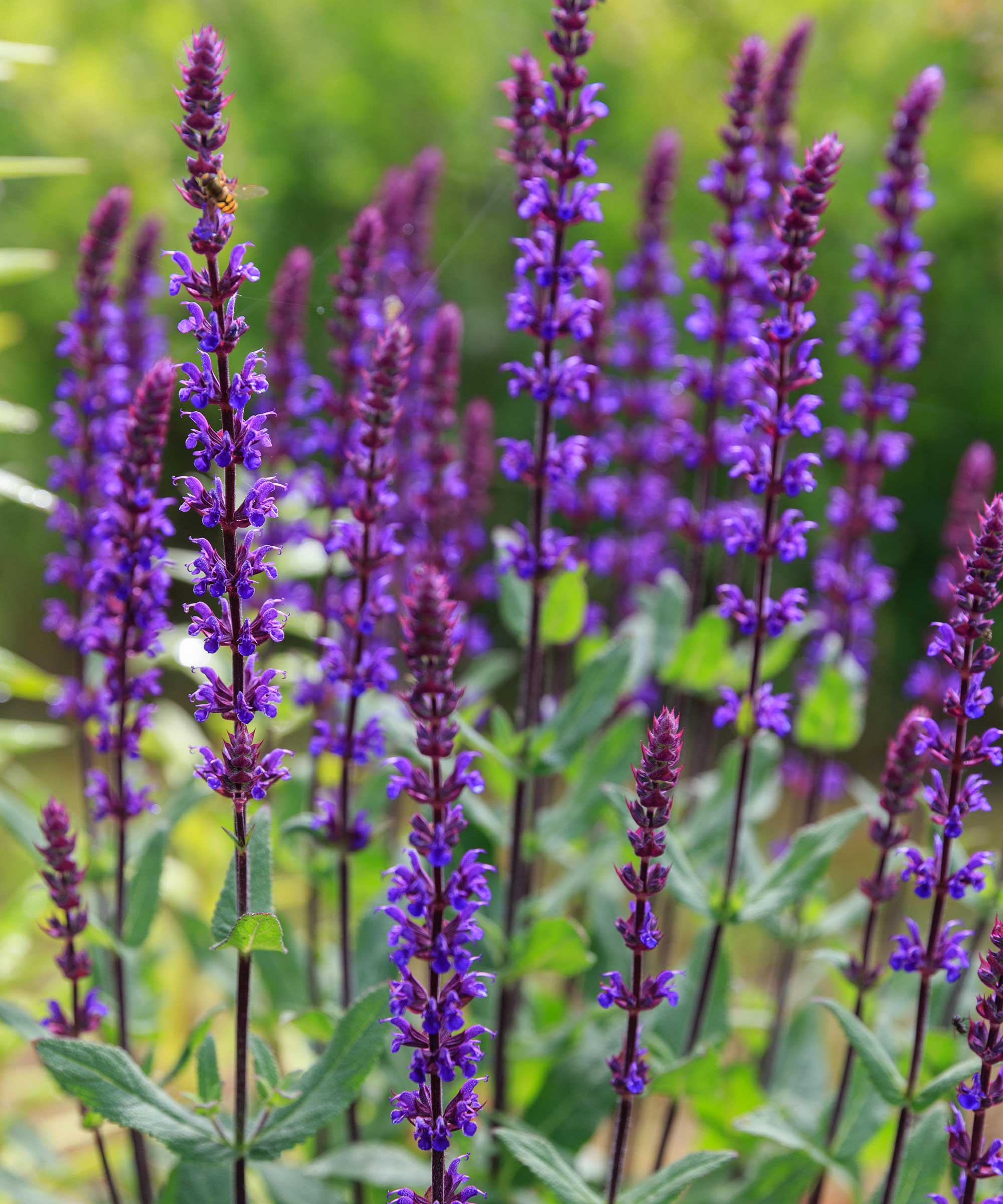
Salvia is another plant that can be encouraged to bloom for longer by deadheading. Not only will you have more gorgeous flowers to enjoy but, as salvias are brilliant plants for pollinators, it means more blooms for bees, butterflies, and other pollinators to enjoy.
Deadheading salvia throughout the summer also helps to keep plants bushy and boosts the overall health and appearance of the flowering perennial. It is best not to wait until the whole bloom has faded, once a third of the flowering spike has started to turn brown move quickly and remove the stem back above a set of leaves.
Shop pruning essentials
A set of Japanese pruners that are robust yet lightweight and ideal tools for deadheading
A pair of pruning scissors designed to help tackle all of your deadheading, trimming, and shaping needs
A pruner sharpener conveniently sized for easy storage and compact enough to carry in your pocket
FAQs
Should you deadhead geraniums?
It is recommended to deadhead geraniums as it is a simple way to keep geraniums blooming and looking at their best for longer. It is a quick and easy task, you can even snap them off with your fingers where the flower stem meets the plant’s main stem.
Should I deadhead fuchsia?
Deadheading is not always required as part of caring for fuchsias. Fuchsias drop their flowers once they are spent, technically deadheading themselves.
However, once the fuchsia drops its flowers it focuses on developing the ovary, which turns into a small berry. Deadheading and removing the spent bloom, with the attached ovary pod, back to where it meets the stem will encourage the plant to focus energy on producing more flowers.
As well as enjoying beautiful blooms this year, you may plan a bit further ahead for next year’s display. If you want to collect seeds from your plants to sow next year, leaving a few flowers on a plant to go to seed will not divert too much energy away from more flowering. It means you can enjoy lots of blooms this year with lots of deadheading and get some free seeds to sow for plants next year.







